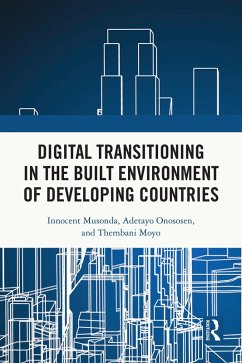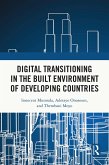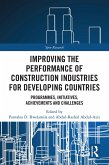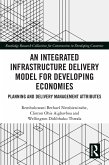One of the book's unique features is that it focuses specifically on the needs and circumstances of developing countries. It recognises that these countries have different challenges compared to more developed nations. By addressing these specific challenges, the book provides tailored advice that readers can apply in their own contexts. The book also emphasises the need for training and capacity building. It acknowledges that many professionals in developing countries may not have the necessary skills and knowledge to fully utilise BIM. Therefore, it introduces an approach called the dynamic capacity model, which helps ensure that people receive the training they need to successfully implement BIM. Overall, this book is a practical and accessible resource for anyone interested in implementing BIM in the construction industry of a developing country. It is important reading for professionals and academics in construction management, engineering, architecture, infrastructure development, urban planning, and governance in developing nations.
Dieser Download kann aus rechtlichen Gründen nur mit Rechnungsadresse in A, B, BG, CY, CZ, D, DK, EW, E, FIN, F, GR, HR, H, IRL, I, LT, L, LR, M, NL, PL, P, R, S, SLO, SK ausgeliefert werden.









